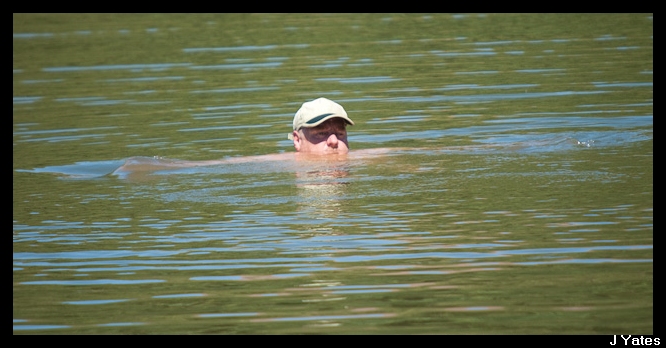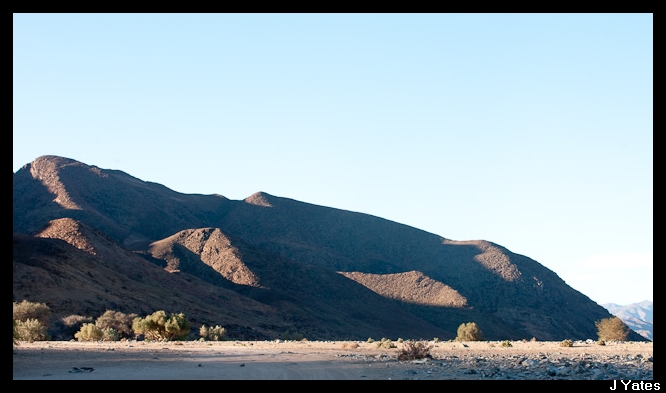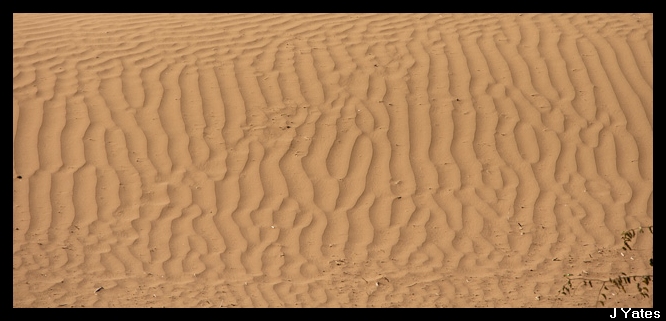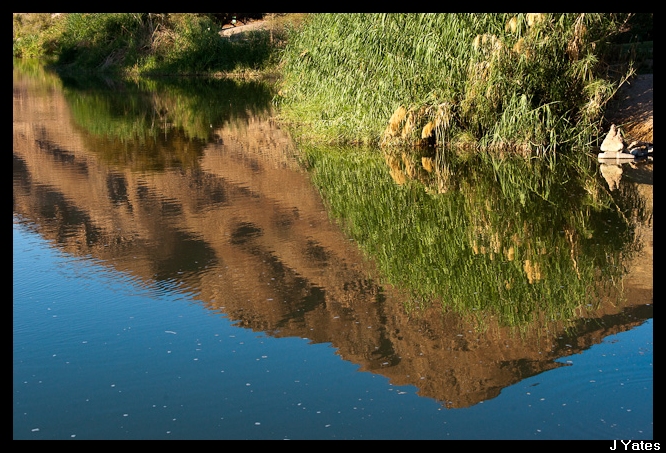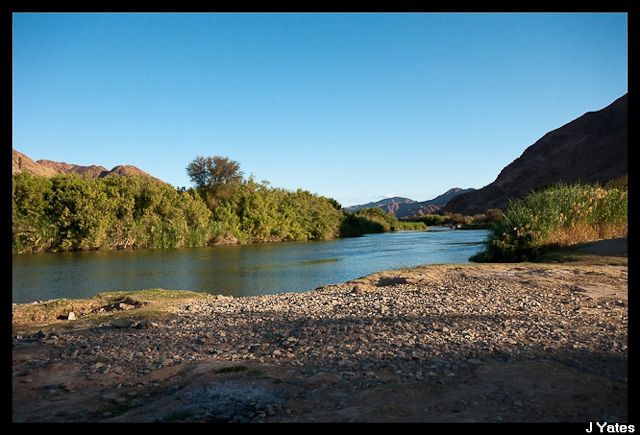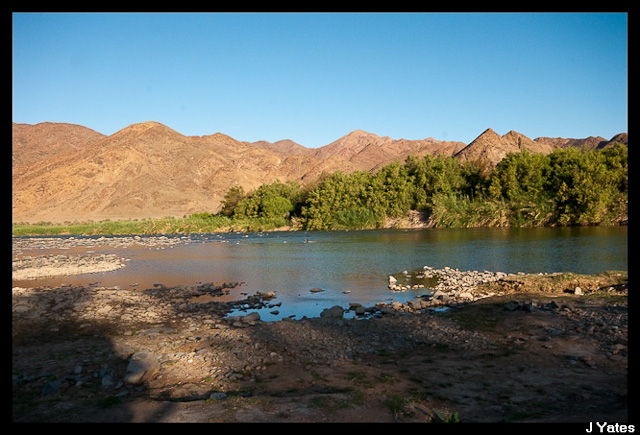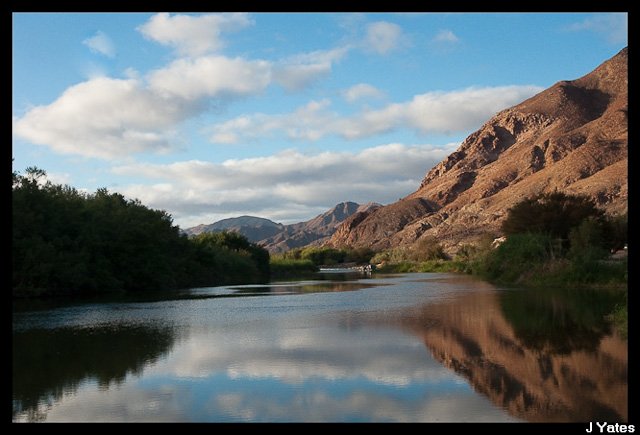Page 7 of 28
Re: Years of visits to this diverse place
Posted: Fri Apr 04, 2014 7:15 am
by Kesheshe
Regarding the spare ribs sometimes you need a treat on an extended hard trip.


Regarding the wagtail and in general there were a lot more birds than we expected. Mostly by the river but also found deep in the park.
Re: Years of visits to this diverse place
Posted: Fri Apr 04, 2014 7:44 am
by Kesheshe
Re: Years of visits to this diverse place
Posted: Fri Apr 04, 2014 7:51 am
by Kesheshe
San rock engravings, known as petroglyphs, can be found in several places in the Richtersveld. It is thought that the ancestors of the San chipped these engravings on the black dolomite rocks and that the majority date back at least 2 000 years. Some engravings in the Northern Cape, however, are as old as 10 000 years.
Most of the Richtersveld engravings are geometric designs incorporating dots, spirals, grids, etc. These petroglyphs were said to be the results of the first stage of Shamanism - a trance like state. The ancient inhabitants would build themselves into a frenzy, mainly through dance, and the first stage was the interpretation of the unconscious. The patterns inscribed, therefore, are universal and belong to the collective human mind. The second stage of the trance was interpreted as animal designs that the inhabitants would see in everyday life. Only a few engraved animals have been seen in this area. The third stage would entail the entranced person becoming the animal in the vision, usually with dramatic and exhausting results.
Scenic Shoots
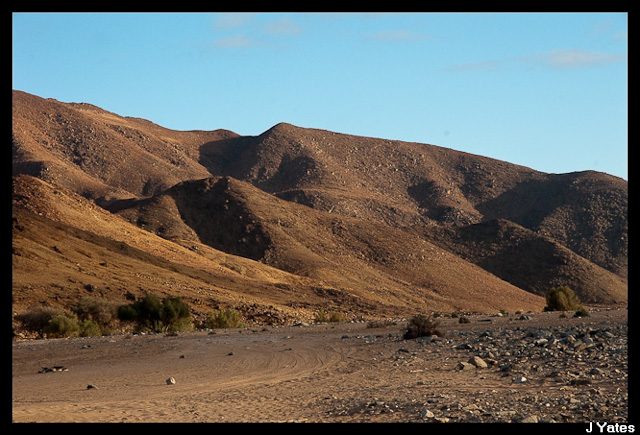
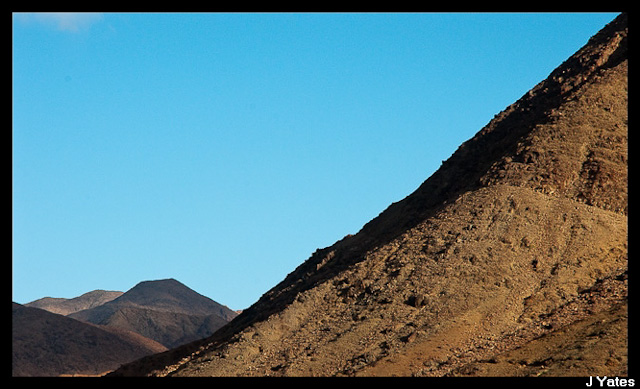
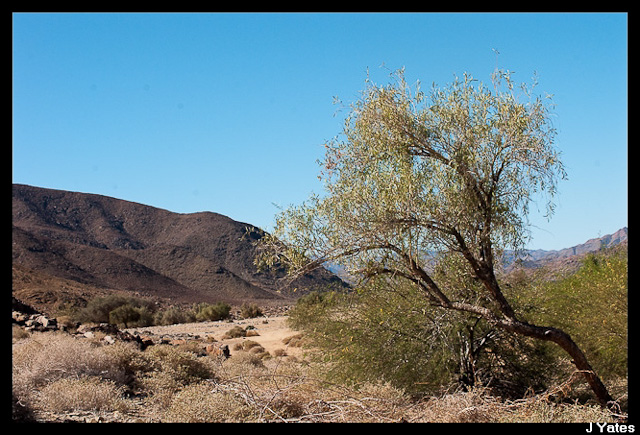

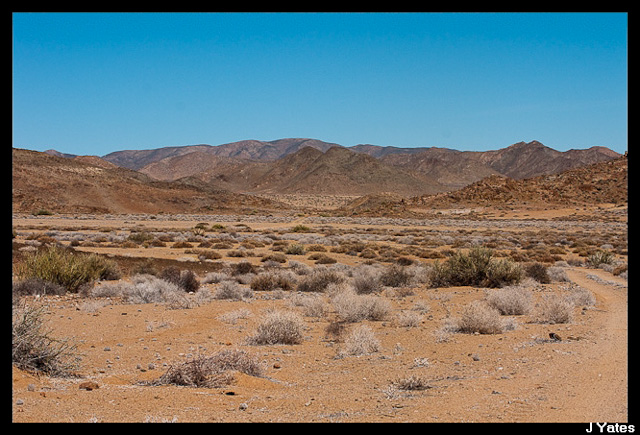

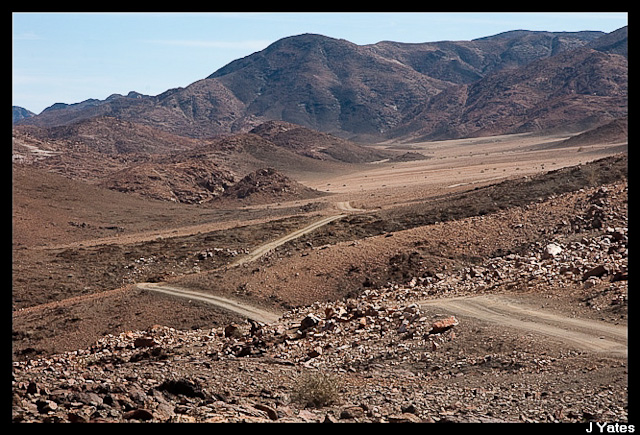
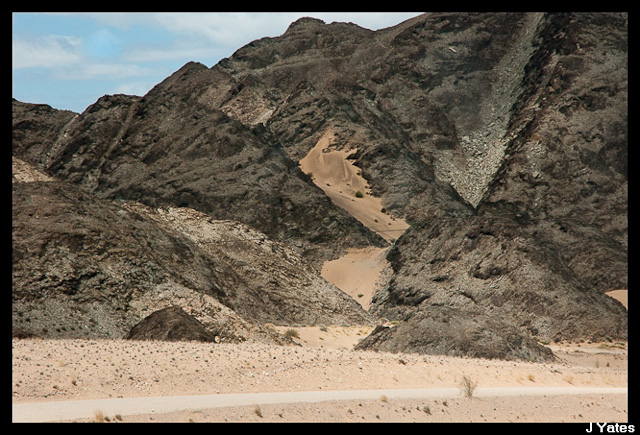
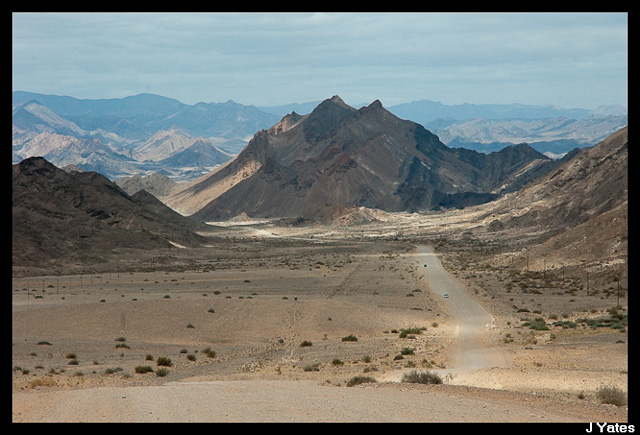
Re: Years of visits to this diverse place
Posted: Fri Apr 04, 2014 7:59 am
by nan
like very much the sceneries, a bit lunar (
like Augrabies)
and my prefered is the drawing on the sand



Re: Years of visits to this diverse place
Posted: Fri Apr 04, 2014 9:13 am
by Tina
what a beautiful campsite area


Re: Years of visits to this diverse place
Posted: Fri Apr 04, 2014 9:41 am
by Flutterby
Beautiful vistas!

Re: Years of visits to this diverse place
Posted: Fri Apr 04, 2014 2:58 pm
by Toko
Re: Years of visits to this diverse place
Posted: Fri Apr 04, 2014 9:35 pm
by Mel
AA -
Absolutely
Awesome! Those landscape / scenery shots are incredible.

Re: Years of visits to this diverse place
Posted: Sat Apr 05, 2014 6:18 am
by Kesheshe
Guys it was an amazing camp site and very different all round.
Nan I love taking photos of sand and went to Witsand for a whole weekend just to do that. Also any tree lying in the sand creates good opportunity for photos and if the wind is blowing even better.
Re: Years of visits to this diverse place
Posted: Sat Apr 05, 2014 6:26 am
by Kesheshe
The charismatic, northward-leaning halfmens is perhaps the most intriguing of all stem succulents. It is a tree-like plant, devoid of branches, with a spiny trunk and a mop of leaves on top. Growing to a height of about 2m, halfmens have swollen succulent stems which they use for storing water in this parched desert region of South Africa and Namibia.
The thorns that cover the upper half of the stem are long, brown and downward pointing, while those near the base of the trunk are short. The top part of the trunk (the apex) is usually covered with a rosette of crinkly green leaves which fall off in summer. The tubular flowers (4cm long) appear in the centre of the leaves in spring (August to October). The velvety flowers have 5 short lobes and are light-green with crimson near the tip.
The north-leaning stem apex ensures that the short-lived leaves and developing flowers get as much sunshine as possible during the brief winter growing season (remember, this is the southern hemisphere and the sun is in the north).The Afrikaans name of halfmens, which means human-like, is widely used to describe this succulent.
Seen from a distance against the skyline they look like people frozen in motion, their spiny trunks forever inclined northwards, with leaves on top like mops of hair.
This strange plant is one of the few tall plants able to survive through the seasons in this desert climate. Growing extremely slowly, halfmens are rather rare and not easily seen. For this reason many people confuse them with the much more common varieties of Kokerboom, or Quiver Tree. Under threat from illegal collectors, the halfmens are internationally protected. It is classified as highly endangered under the Convention on the International Trade in Endangered Species of Flora and Fauna.


